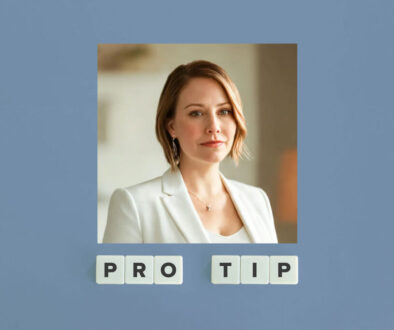What Do Your Restaurant’s Financial Statements Say?
Are your restaurant’s financial statements raising red flags? Maybe we should start with: Would you know a red flag if it was flapping against your awning?
Not all restaurant owners are financial geniuses, and those of us who can decipher a profit and loss statement aren’t the next Wolfgang Puck. (That’s a personal admission, not a stereotype!) We are here to help you restaurant owners understand the financial statements related to your business.
Your income statement and balance sheet are the two fundamental reports that monitor the financial health of your establishment. An income statement should cover a time frame — a week or month — consistently.
The income statement will show you:
- Sales.
- Controllable expenses: salaries, employee benefits, general and administrative.
- Occupancy expenses: rent, utilities, property taxes, insurance, repairs.
- Depreciation.
- Interest: payments, earnings.
- Other income.
Once the report is in your hands, the fun begins. The software used to record transactions should give you a percentage of expenses versus total sales. This ratio is the cost of goods sold or the cost of doing business.
For example, your total salaries paid divided by total sales equals 25 percent. This ratio means for every dollar that goes into the cash register, $0.25 goes to your employees. Typically, payroll is the biggest expense of a functioning business, even for a company with only one employee (you).
Take a look through all the expenditures and see how they compare to the sales dollars. Now that you have numbers in front of you, there is an opportunity to make informed decisions. Do you cut back on spending somehow or do you raise prices to increase your profit margin? Profit margin is the net profit (before taxes) divided by sales.
Balance sheet surveying
Next item up for review is the balance sheet. This document will give you a snapshot of how your assets stack up against your liabilities and owner’s equity. Hint: Assets should equal liabilities plus equity.
- Assets usually fall into two categories: current and fixed.
- Current assets can include cash, your liquor license, inventory (like wine or liquor), prepaid expenses (your insurance) and accounts receivable.
- Fixed assets will be investment-type items: industrial equipment, permanent fixtures, attached signage.
- Liabilities are anything you owe, short or long term: accounts payable, income taxes, payroll taxes, bank loans or even outstanding gift card balances.
- Equity qualifies as any earnings carried over from years prior, capital stock (if applicable) and the current profit or loss.
Run the ratios
Quick ratio: current assets = inventory/current liabilities
How do your expenses measure up to your cash on hand?
Accounts payable to sales ratio = accounts payable/sales
How quickly can you pay off vendors?
Healthy ratios keep red flags at bay. Research industry-standard ratios for a comparison of yours versus theirs.
Still need some help running the numbers? That’s what we’re here for. Connect with our team today to go over your financial statements and begin sorting through the numbers with ease.
© Your CFO LLC 2025




